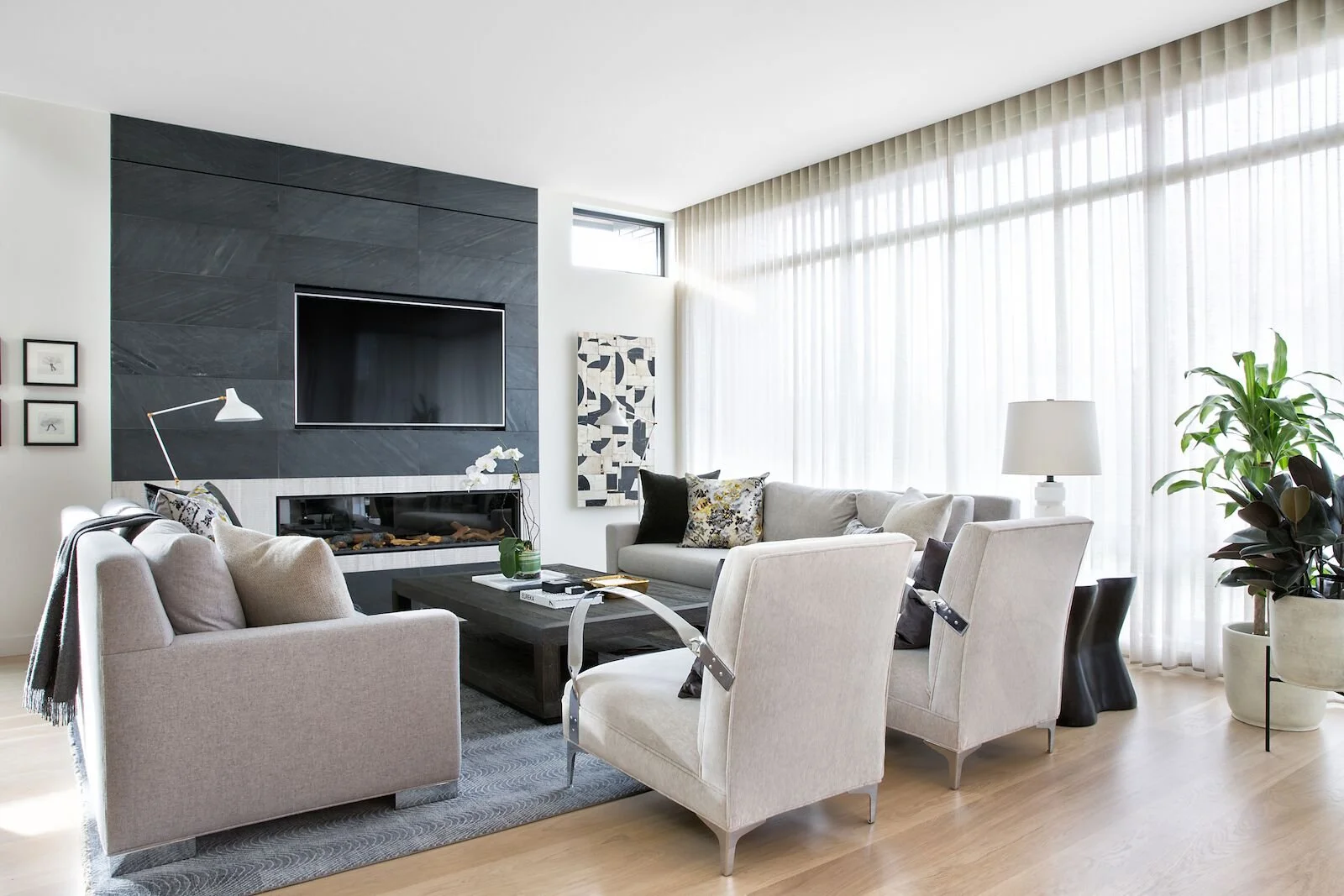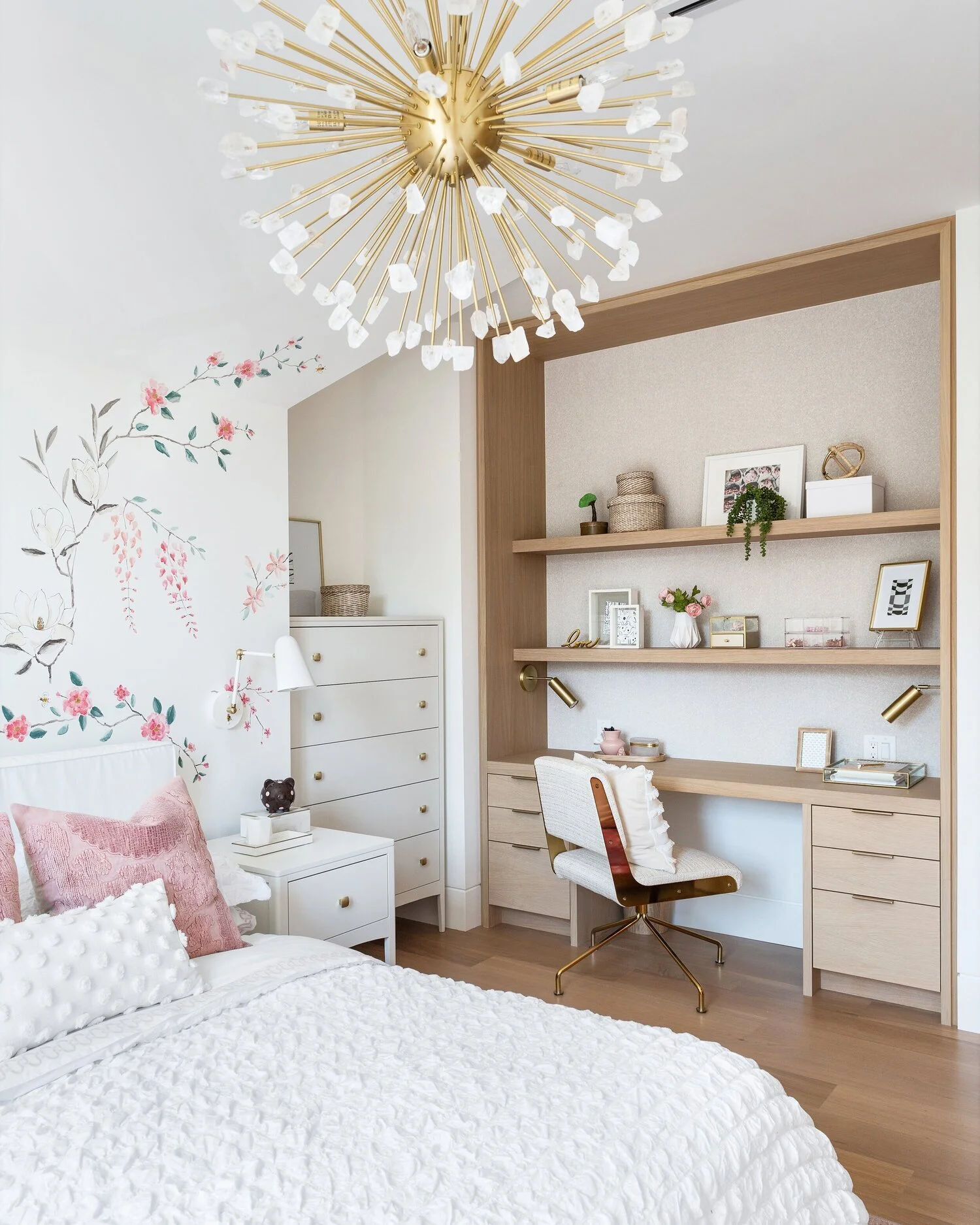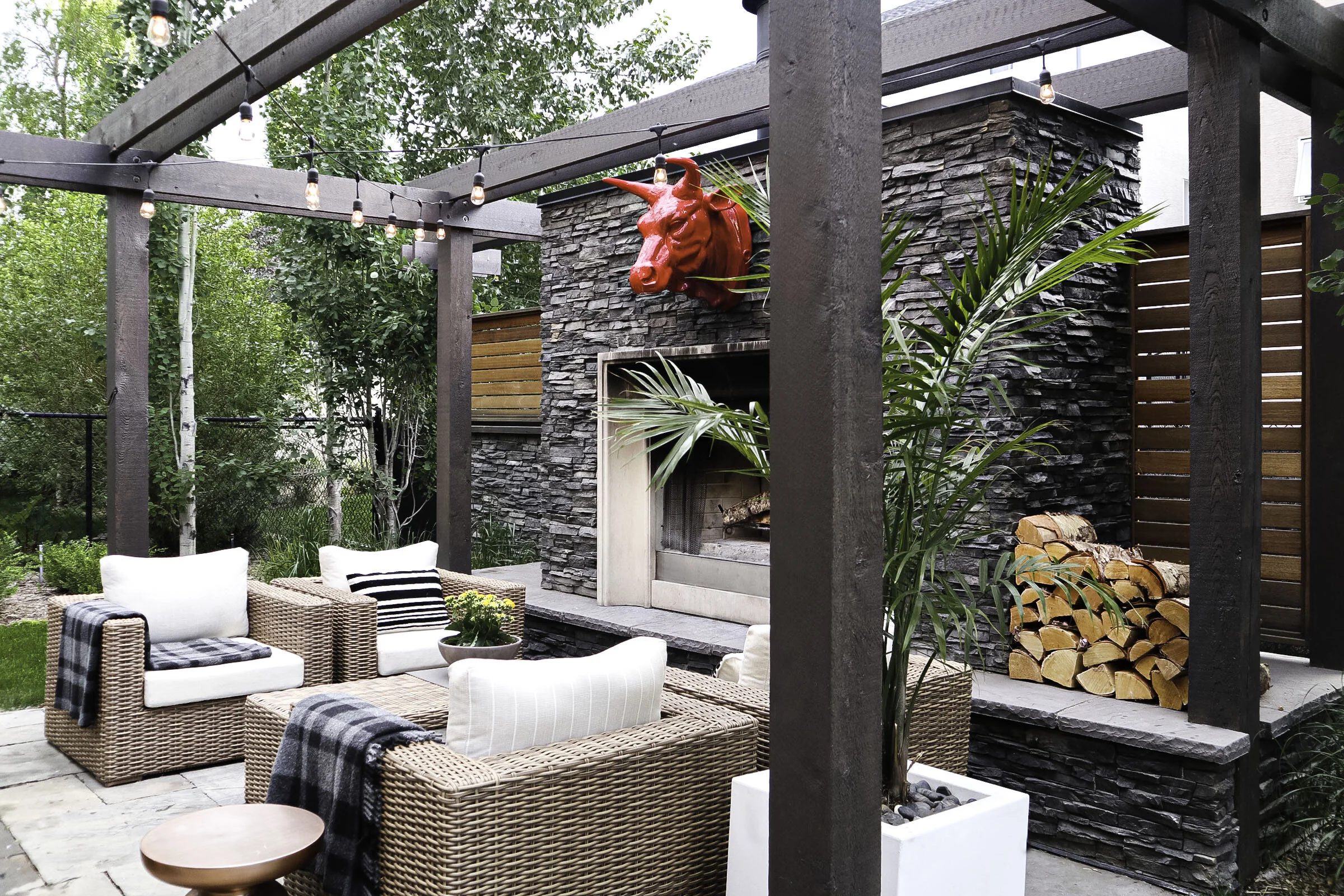Plants 101
Whether you’ve already got a green thumb or you’re learning as you go, plants are a great addition to your home. The health and wellness benefits are plenty, not to mention the added bonus of elevating your interior decor. Boasting attributes such as increased productivity, concentration and creativity, plants also decrease toxins and increase oxygen. Sounds like something we could all use right now! We’re offering the “how-to” and the “know-how” on all things plants to get you started on, or adding to, your indoor oasis. Read on for Plants 101.
ginseng ficus bonsai
This is primarily an indoor plant. It can be stored outside in summer months as long as the temperature doesn’t drop below 15C.
Water often, and generously - they require a lot of moisture and it’s a good idea to mist the leaves every once and a while to maintain a level of humidity.
Should be fertilized every 1-2 weeks during the summer and every 2-4 weeks in winter months.
This plant requires full sun to maintain optimal growth.
zz plant (zamioculcas zamiifolia)
This plant is poisonous if ingested. Keep out of reach of nibbly fur babies, and wash hands after caring for the plant.
A very low maintenance plant that can endure some neglect without throwing a fit.
Let the soil dry out in between watering cycles.
Requires bright, indirect light for optimal growth.
Very easily propagated.
A great plant for people just getting into the green thumb game.
umbrella tree
Requires watering often as they grow best in moist soil. Wait until the top layer of soil has dried, as this is generally a good indication that the plant is ready for water.
You should be fertilizing this plant every 2-3 weeks, as it grows quite quickly. However, if your plant has reached the desired height, you can reduce fertilizing to 1-2 times per year.
Requires indirect sunlight, to avoid burning the plant’s leaves.
In order to maintain your ideal shape and size, it is a good idea to prune and propagate your plant.
snake plant
Can grow in low light environments but thrives in bright indirect sunlight.
Requires pots with a drainage system.
Keep in warm locations - avoid drafty windows.
Allow the soil to dry out in between watering cycles to avoid root rot. And if it is possible, water from the bottom of the pot as opposed to the top soil layer. - This will encourage the roots to grow downward, which will help in stabilizing the plant.
A fast growing plant that requires annual division.
Are said to have air-purifying capabilities - removing toxins from the air!
rubber tree
Keeping them in smaller pots restricts their root growth - you may want to keep this in mind in determining the overall size of the plant - Bigger pot = bigger plant. But the plants need to grow progressively.
Requires pots with a drainage system.
Requires adequate amounts of light, but not direct sunlight.
In growing seasons (spring/summer) the plant will require regular watering. In dormant seasons you may only need to water once or twice a month.
Should be kept indoors in Canadian climates, but in warmer environments can be grown outside for the summer months.
fiddle leaf fig
These plants prefer low draft areas, so avoid exterior doors and windows.
Requires indirect light, however once you’ve found its “happy spot” make sure you leave it there.
Water weekly, and rotate the plant to ensure all leaves receive adequate sunlight, and so that the plant does not start growing in the direction of the light source.
Dust your leaves once every month or so.
Due to the humid origins of this plant, it’s ideal to mist your plant weekly to maintain a level of humidity.
When watering, water until the soil is dripping, and then wait for soil to dry out before the next watering period.
cacti
This plant grows better in direct lighting conditions.
In summer months, water when the soil dries out. In winter months, when the cacti go dormant, cease watering. Overwatering especially in the winter will cause root rot.
Prefers to be kept in warmer temperatures during the summer and chillier locations in the winter.
succulents
Succulents love sunlight and require a minimum of 6 hours direct sunlight in the day. It is better to locate succulents in well lit locations for optimal growth.
Rotate your succulents to avoid leaning. (The plants will start growing in the direction of the light source.)
In its growing months (spring & summer) this plant will require more frequent watering cycles. Though make sure you allow time for the soil to dry out between watering periods.
Do not mist this plant - it can cause the leaves to rot.
Wipe off the leaves as they accumulate dust. Neglecting to do so will inhibit the growth of this plant.
You should be fertilizing your succulents a few times within the summer months.
red prayer plant
Grows best in bright indirect sunlight, though it can tolerate low lighting conditions.
Requires pots with a drainage system and prefers to live in humid environments (think bathrooms).
Should be watered regularly with warm water and fertilized every 2 weeks.
Propagation is pretty simple with this plant and should be done in the summer - simply split the roots and transplant the propagated plant. Should stay inside in a Canadian climate.
jade plant
Jade Plants require watering when the top layer of soil is dry to the touch - they should not be watered on a schedule. During the spring/summer months there will be a more frequent need to water this plant.
They grow better in warmer weather, and therefore are better as indoor plants.
Should be fertilized once every 6 months.
Best situated in direct sunlight, or risk stunting the plant’s growth.
heart leaf philadendron
Can grow in low light conditions, but grows faster in brighter, indirectly lit environments.
You should allow for the soil to dry out in between watering periods.
As a vining plant they can grow to up to 20 ft.
Or pinch back to encourage fullness. Make your cuts after a leaf node.
Should also be kept indoors, or in warmer environments.
string of pearls
Prefers brightly lit indirect lighting conditions. *Direct sunlight may cause them to burn.
It is best to avoid keeping these plants in drafty areas.
Requires pots with a drainage system. The size of the pot is also an important factor for this plant. The plant should substantially fill most of the pot - if there is too much soil it will retain too much moisture and any pearls resting on the soil will begin rotting.
It is recommended you water once every 2 weeks or so, as they are very sensitive to overwatering. In Winter months, cut back your watering cycles to once a month.
The sap from String of Pearls is known to be toxic when ingested. Please keep out of reach of curious kiddos and fur babies.























